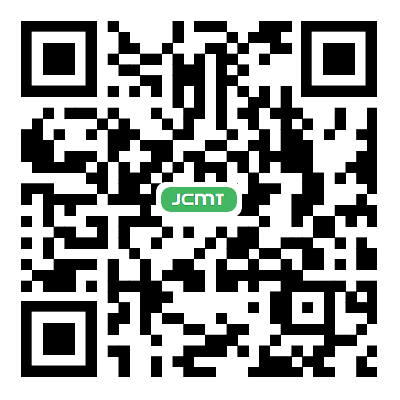fig1

Figure 1. Types of epithelial-mesenchymal transition (EMT). (A) After EMT induction, transcription factors (e.g., Snail) inhibit the expression of cell adhesion molecules (e.g., cadherin 1/CDH1), thereby inducing morphological and phenotypic changes that prepare a cell for migration. (B) During development, type I EMT and its reverse process, MET, must occur in multiple steps for the formation of different tissues. One of the earliest EMT processes in vertebrates is observed in body plan formation, as epiblasts are involuted through the primitive streak to form primary mesenchyme. (C) In response to inflammatory signals, type II EMT is responsible for coordinating wound healing and the deposition of extracellular matrix. (D) Type III EMT is characterized in cancer invasion and metastasis as cells leave the primary tumor to reach secondary sites. Cells with partial EMT characteristics are the most invasive. Created with BioRender.com.








